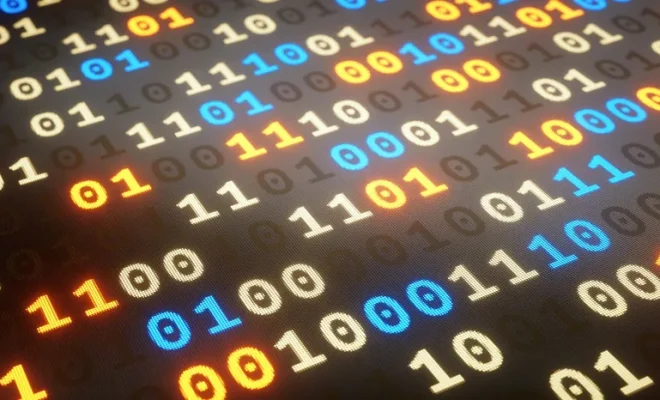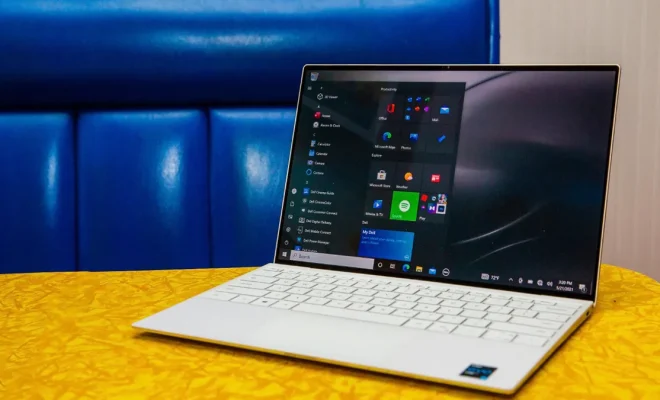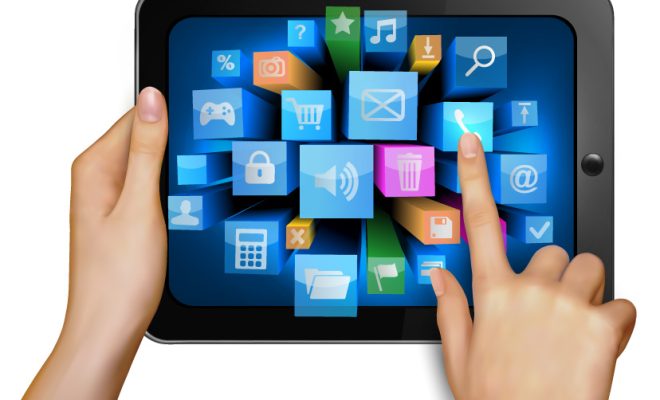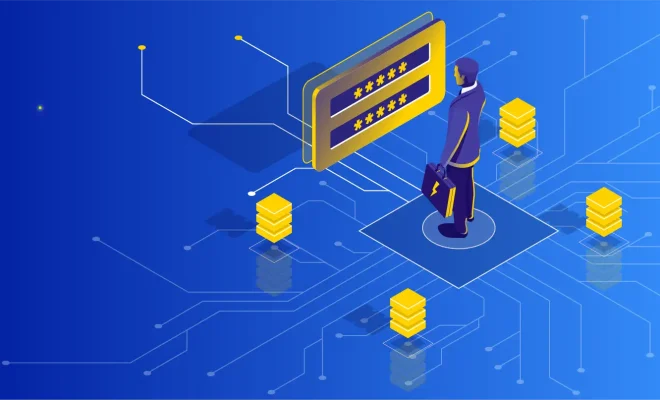What is Byte and How Does it Work?

Byte is a unit of digital information that consists of eight bits. It is used universally to represent numerical data in computers, including letters, symbols, and various types of files. The byte is fundamental to the functioning of modern computing, and its versatility allows for the many functions we associate with computers.
A bit is the smallest unit of digital information, and it is represented by a single “0” or “1” in binary code. When eight bits are combined, they form a single byte, which can represent 256 different values, ranging from 0 to 255. This allows the byte to represent a wide range of different numbers, letters, and symbols, making it ideal for use in computer programming.
The byte is used extensively in computing. Every file, picture, song, or video we store on our computers is composed of bytes. Every time we send an email or submit a form online, bytes are used to transmit the data. The ease of encoding and decoding digital data with bytes makes it efficient for storage and transmission.
To make the most of the byte in processing data, computers use a binary number system that operates on the principle of two digits. The system uses only two digits, 0 and 1, called binary digits or bits, which are then grouped into bytes. Each byte represents one character, such as a letter or number, and is assigned a unique binary code by the computer system.
Computer software and hardware use bytes to manipulate data. When a command is given to the computer, it carries out the appropriate action by accessing the bytes in memory storage. The data stored in those bytes is then processed, and the outcome is returned as a new set of bytes.
In conclusion, the byte is the foundation of digital information storage and processing. Its use in computing simplifies complex commands and processes, allowing us to harness the power of that digital data in various sectors. The byte has enabled the exponential growth of computing efficiency and technological advancements, and its importance will only continue to increase as our reliance on digital data grows.






